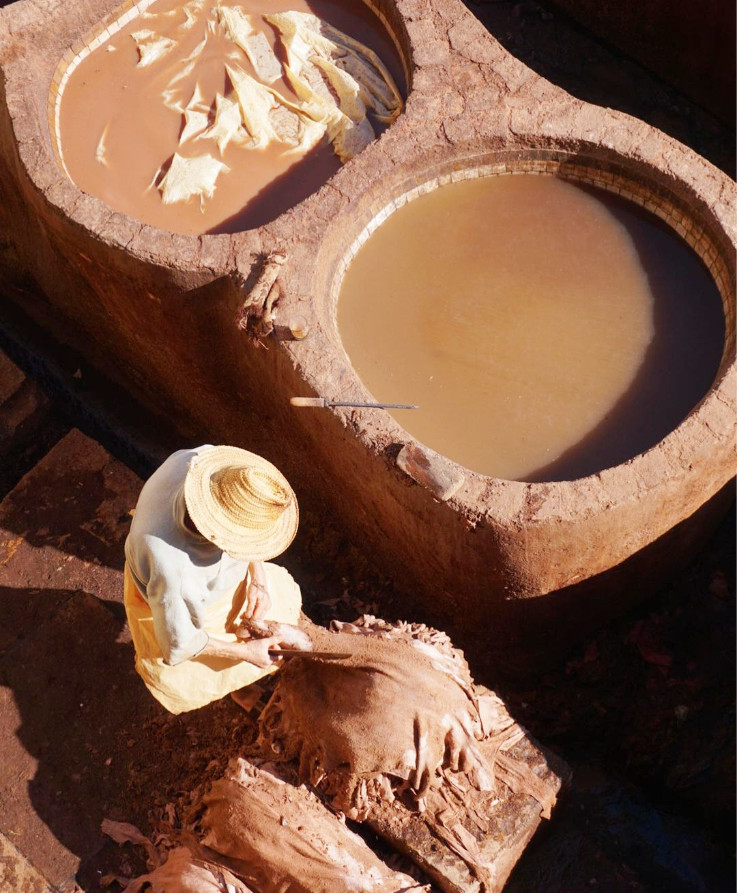
The intricate process of leather production requires a great deal of time, skill, and attention to detail. However, determining the exact duration of leather production is not a straightforward answer due to several factors that contribute to the production timeline. These factors include the type of leather being produced, the techniques utilized in the process, and the degree of craftsmanship involved. As a result, the production time for leather can vary significantly.
First, let’s break down the process. Leather production starts with rawhide, which is sourced from various animals. The specific type of animal used can significantly impact the properties of the finished leather, from its texture and durability to its color and sheen. For a comprehensive look at the types of raw materials used in leather production, you can refer to this article.
The rawhide then undergoes a process known as tanning, which stabilizes the protein structure of the hide to prevent it from decomposing and makes it more durable and less susceptible to water. This is an intricate process that requires both time and precision. In fact, leather tanneries in the US and around the world have spent centuries refining their methods to produce the highest quality leather.
The tanning process can take anywhere from several days to several months, depending on the methods used and the desired finish. For instance, vegetable tanning, a traditional and eco-friendly method that uses natural materials like tree bark, can take several weeks to months. On the other hand, chrome tanning, a more modern process that uses chromium salts, is quicker and can be completed in a day or two. This article dives into more detail about the various tanning methods and their impacts on the leather production timeline.
Following tanning, the leather undergoes further processing to achieve the desired finish and quality. This includes steps like dyeing, conditioning, and finishing, which can add several more days to the process. If you are interested in how high-quality leather is made, you may want to read this article.
Finally, there’s the question of how the leather is used. In the context of bag manufacturing, for example, the process from rawhide to finished product can take even longer, especially if the bags are handmade or involve intricate designs. As you can see in this comprehensive guide, the production timeline is extended by the craftsmanship and attention to detail required in creating a high-end bag.
Summing up, the journey of crafting leather is a multifaceted and labor-intensive affair, with the precise span contingent upon an array of variables. The judicious selection of raw materials, diligent tanning, and processing, coupled with the artistry applied in the ultimate product, imbues every slice of leather with a unique narrative and legacy, epitomizing the dedication and endeavor embedded in its genesis.